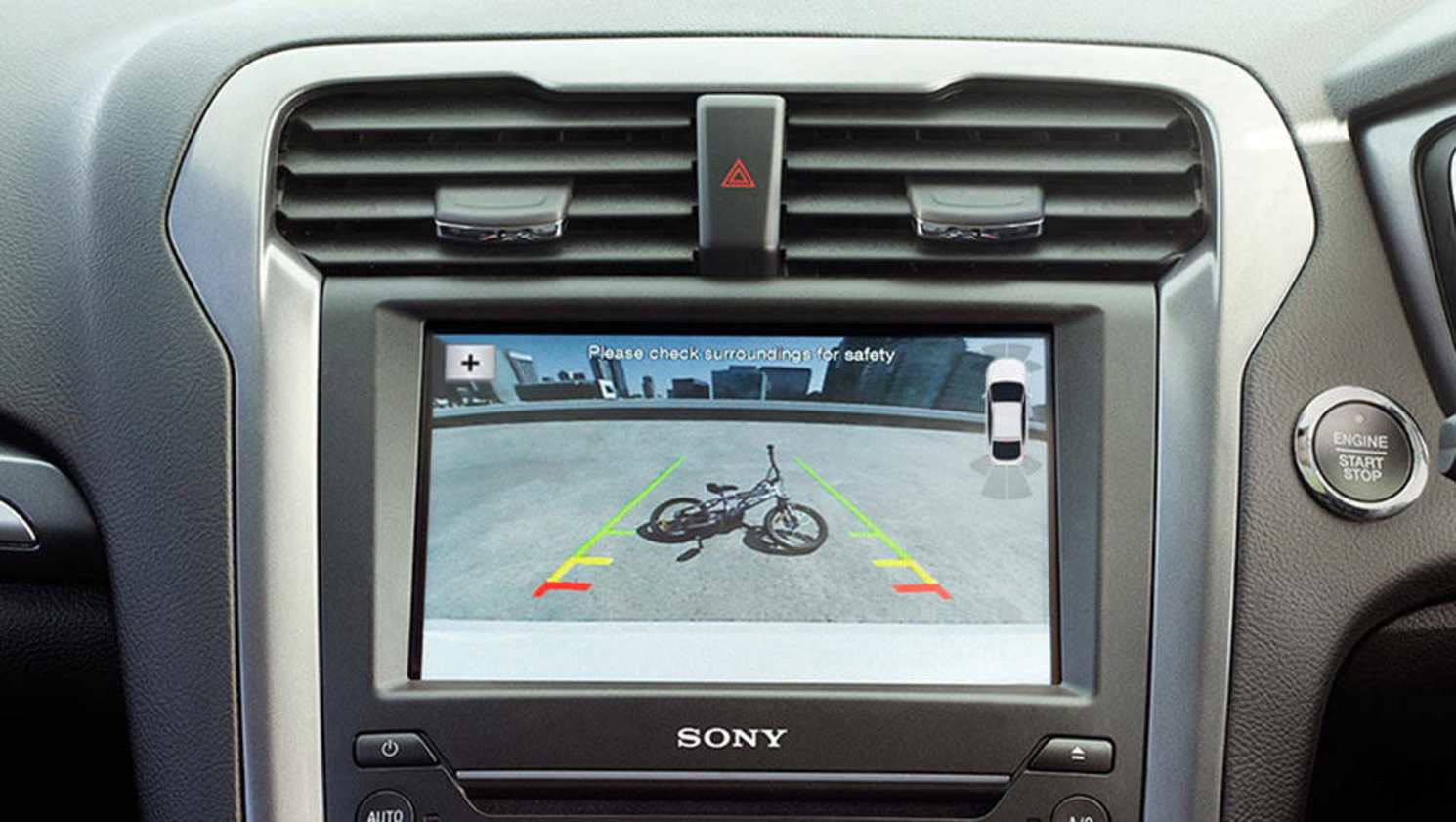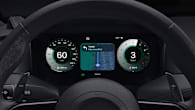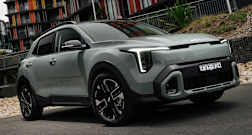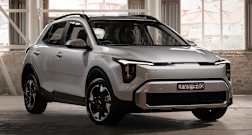Your next Ford has just been taught how to speak "Australian".
Not literally, of course. Some critical landmarks (Bondi Beach, for example) are missing from the new SYNC 3 multimedia system’s vocabulary, and calling it a flaming galah when it gets something wrong is more likely to get you directions to an inner-city nightclub than an apology. But it has now been calibrated to better understand the broad Australian timbre.
More than 15 million SYNC-equipped vehicles have been sold across the planet since Ford first introduced the system in 2007, and technology has shifted seismically since. It’s partly why this new SYNC 3 has been designed not just to partner with your smart phone, but to act like one, too. Apple and Android users will feel instantly at home with the user interface, with pinch-to-zoom functionality and familiar apps populating the home screen.
We sampled the new SYNC 3 system via the Ford Focus Titanium’s eight-inch touchscreen (it won’t work on anything smaller, apparently, so Fiesta drivers are out of luck) on a short test route across Sydney. And on first impressions, it’s a far more streamlined system than its predecessors. The home screen has been simplified from the outgoing busy set-up to a clean, three-tile design that presets to the navigation, audio and connectivity displays.
It also introduces Apple Car Play and Android Auto to the Ford range, meaning drivers can access three different navigation options - Ford’s in-house system, Apple Maps or Google Maps. The system will default to your phone’s map system when it’s plugged in (though that can be deactivated, thankfully, as Apple Maps is unmercifully rubbish). It’ll also log onto your home Wi-Fi network to download any system updates.
"See just how Australian it is," urged Ford’s Marketing Director, Lew Echlin.
But the big selling point is a refined voice-activation system that offers some undeniably cool features, like the ability to search for an address, and then to find a coffee shop or restaurant along the route – and even call to make a booking – without taking your hands off the wheel. It will also read back text messages and will record critical accident information, and even dial 000 for you, if you’re involved in a serious prang.
“Speak Australian to it, we want you to. See just how Australian it is,” urged Ford’s Marketing Director, Lew Echlin. So we did, and using the voice control system, while still a painfully slow experience compared to simply typing in what you want, is impressively fault-free when deciphering what you’re saying.
With a phone plugged in, the system displays the familiar Apple Car Play or Android Auto interface. But if you are one of the seven people in Australia who don’t own a smart phone, or who doesn’t want to use it in the car, the system does a terrific job of replicating a phone’s functionality, including app access to things like Pandora, and an open-door policy for new apps, with Ford sharing backend access with developers in a “more the merrier” approach.
“Not everyone wants to use Apple Car Play or Android Auto, and not everyone has a smart phone. So we want to make sure that we’re covering those customers, and not making a price of entry a new phone. The system is comparable to what they (smartphones) offer, and in some cases much better,” says Ford Australia’s multimedia engineer, George Christopoulos.
By the end of the year, SYNC 3 it will be standard on Focus, Mondeo and Mustang, and standard on all-but the-entry-level Ranger and Everest.
What do you think of voice commands for in-car multimedia systems? Tell us your thoughts in the comments below.







.jpg)

.jpg)



.jpg)





